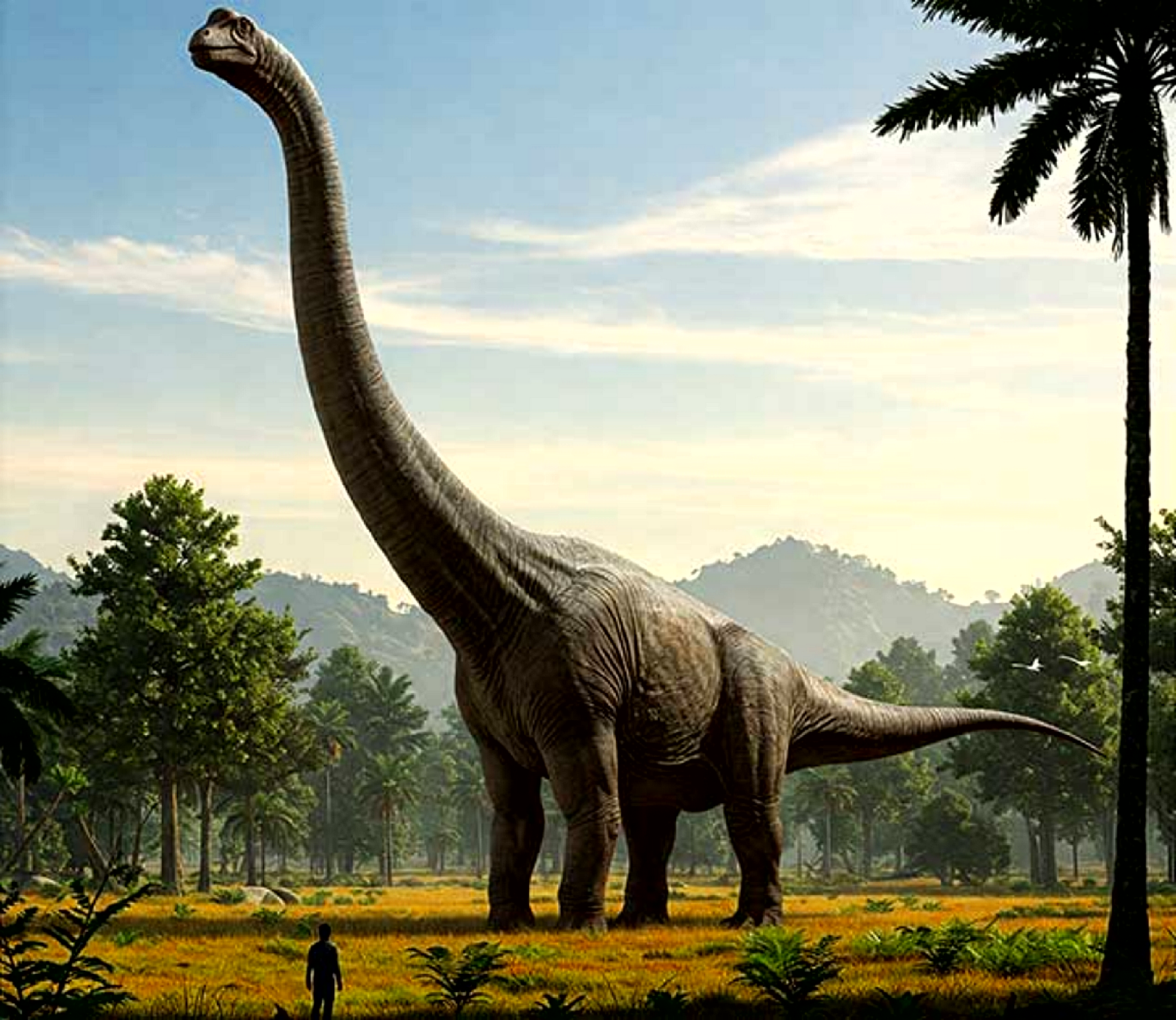The Pursuit of Truth

Not in the clenched fist of certainty, not in the bright, brittle coin of answers— but in the open palm of seeking, in the restless, reaching hands that tremble with wonder, truth stirs and awakens. Not in the silence of knowing, but in the murmur of questions, the midnight conversations with shadows, the gentle undoing of old beliefs like peeling back the petals of a dream. The real significance of truth is not in its possession— not in the cold, unyielding stone of fact— but in the wild, luminous chase, the wrestling with riddles in the dark, the unmasking of masks we never knew we wore. To seek truth is to walk a winding path where shadows shift and meanings shimmer, where paradoxes bloom like night flowers, opening only to those who dare to question, who risk...




